Written by Andrew Conway, CTO, Proteus developed by Xergy
It’s no secret that the pandemic has ripped up the rulebook when it comes to working. For almost a year, companies have been forced to find new ways of conducting business and remaining competitive in a world of uncertainty and strained margins. This has placed huge pressure on teams, especially on those trying to engage and manage talent. And they’re turning to AI to help.
The coronavirus outbreak has meant there’s been a great uptick in talent movement and people looking for work. The rate of redundancies has accelerated and subsequently so have job applications: last summer, over 4,000 people applied for a single entry-level role. This sharp rise in job applicants has been combined with a revolution in the way talent is engaged. With the move towards the gig economy, businesses are increasingly turning to gig workers, over permanent staff to deliver projects. Engaging gig workers not only allows companies to reduce overheads in this difficult economic climate, but it takes time to find the perfect person for a project. In both cases, teams face an uphill battle sifting through CVs and a loss of time they can’t afford.
This is where AI comes in. AI has been used in talent engagement for a while but its value has rapidly increased during the pandemic. Rather than an individual spending countless work hours reading through job applications, AI-driven data will instantly scan through CVs to pick those with the most suited skills, or run analysis on video interviews. This not only saves businesses precious time and resources, it leads to a fairer, more effective process as every application is considered. No more need for desperate time-saving tactics where only the first 50 submissions are reviewed and the rest are ignored. Businesses can now gain back time and make sure they’re choosing the right people for the role.
This ability to filter through candidates at speed is a game-changer during a pandemic and beyond. Using skills-matching tools empowers business to spread their nets wider and start engaging with talent overseas. It doesn’t matter that expanding the talent search abroad will increase the number of applications: AI absorbs the extra work which means businesses can reach the very best, most skilled and relevant international talent. It’s this edge that sets a company apart, allowing them to not only weather the global crisis but come out stronger on the other side.
Using AI to find team members can also help talent engagement address its bias problem. By partly removing humans from the equation, AI can go some way in removing the unconscious bias that a human assessor brings, for example in the judgement of a particular ethnicity of gender. However, it’s important to remember that AI is a tool, not a panacea, and won’t eradicate systemic discrimination on its own. It’s still coded by biased humans and can also be biased by its data set: as CVs are experience-based, they are inherently biased towards certain groups. This has led some companies to explore other options and look towards test-based models for engaging talent. As with all technology, AI needs to be approached with proper thought and care.
But it’s not just in engaging talent that AI helps teams adjust to the effects of the pandemic. There’s also a role for it to play in refining remote working. One of the biggest losses arising from remote working is the loss of in-office human interaction; interaction which is extremely valuable in sparking creativity and managing the health and wellbeing of teams. Whilst addressing this loss might initially appear beyond the scope of AI, there’s real capacity for creative applications of AI techniques to start bringing back this lost office dimension. If AI can be used in conjunction with cloud-based work management and collaboration systems, it can start to learn about a team, their work and the interactions between colleagues. This knowledge can then be used to flag when team members might be feeling stressed and help create solutions that recapture in-office creativity. Companies that can do this will be able to work more efficiently and productively, and stand head and shoulders above the rest.
Moments of crisis can also be moments of opportunity. The pandemic has shown us what’s possible and the ways AI can transform talent engagement. But the possibility of AI is also a necessity. Its ability to dramatically boost efficiencies and source the best talent is the difference between companies surviving the pandemic and falling away. If businesses want to remain competitive, there’s really only one option. And it doesn’t take an AI engineer to work it out.
The post Andrew Conway: How AI is helping talent teams navigate the pandemic appeared first on .



